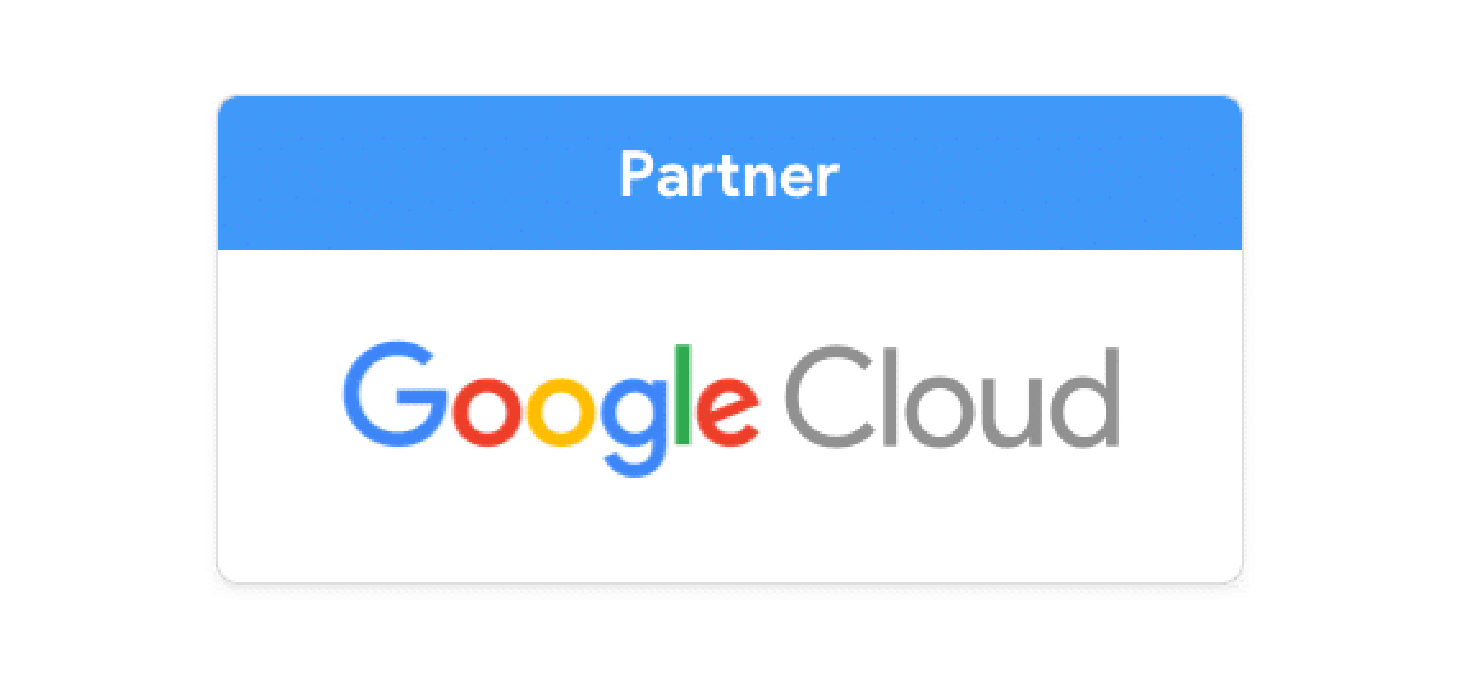In our latest blog, we are discussing the Project Management tool Asana. Project management is a difficult and delicate process, even more so as we have all become distributed teams. Luckily, Asana has a range of features and benefits that are designed to allow teams to succeed no matter where they are.
What is Asana?
Asana is a project management tool that is designed to aid organisations deliver successful projects. The tool was introduced in 2008 with the aim to allow teams across the world to work effortlessly together.
Asana Use Cases
Asana’s flexibility is one of its key benefits. This means that its features can stretch to fit the needs and workflows of any team. For example, Asana has a range of project views available (timeline, board, list or calendar). These allow teams to customise the way in which their projects are displayed depending on priorities and requirements.
At Cobry, our various departments make use the tool in many different ways:
Timeline View
Cobry’s technical team uses Asana’s timeline view to create migration projects. The timeline view allows the stages in each project to be split into individual tasks and given deadlines to meet. Also, you can create dependencies or criteria to meet before a task can begin. This means that a rule will be set up that requires a task to be completed before the next is started. In addition, Asana will send collaborators in that project reminders about upcoming deadlines meaning that the project will remain on track.

Board View
Cobry’s Marketing team makes use of Asana’s board view to keep track of our blogs. Using this view, we can drag and drop blog topics into different sections depending on their status. This allows us to keep track of the progress of blogs and plan marketing content accordingly.

Portfolios
Portfolios allow teams to monitor the progress of projects and initiatives in real time. Our development team uses this in order to keep track of the various development projects they are working on. Using portfolios, the team can assign priority to projects, add status updates and visualise the progress of projects. All of these great features mean that projects remain on track and under control, with the ability to quickly and effectively assess their progress and success.

Asana’s Features
Asana hsa a wide range of amazing features that enable successful project management and facilitate communication and collaboration amongst teams. Some of Cobry’s favourites are:
Task Assignment
Asana allows you to assign tasks and subtasks to yourself or other members of your team. Your tasks are added to your "My Tasks' section which keeps them at top of mind and makes them actionable. This is a great way to avoid losing or forgetting about tasks as a result of using traditional communication tools such as email or chat. In addition, Asana allows colleagues to communicate and collaborate with one another within the comment section of tasks. Therefore, communication in relation to the project remains together and provides one source of truth for the task at hand.
Asana brings the work to you
When using Asana, you’ll never have to worry about forgetting tasks or missing deadlines again. Asana brings the work to you by sending you notifications and reminders about upcoming tasks and projects. Therefore, you don’t need to rely on manual work management techniques. Instead, you can focus on what really matters - getting the work done.
Workloads
The workloads section in Asana allows you to see the workloads of the members across your team. Therefore, managers can easily see their teams workload and avoid people becoming overwhelmed or underworked.
The Benefits of Asana
Unlike traditional Project Management software, Asana adapts to the way you work. The tools flexibility and range of features can be moulded to suit the processes of any organisation and any team within your organisation. Thus, no matter how you use Asana, you can be assured that its use will steer your work towards success.
Finally, Asana allows you to trial the tool in small pockets of your organisation without having it to deploy it across the business. This means you can try out the tool and decide whether it works for you.
At Cobry, we use Asana every single day. If you’d like to learn more about Asana and how we can help implement it in your organisation, get in touch.








